Mother Nature is in her prime this month, and what better way to celebrate her than with a bright, blooming garden? Planting the most breathtaking garden bed on the block is nothing short of simple with the right seeds on your side – even if you’re no flower expert.
Run Wild

Those of us lacking green thumbs are often left wondering what to do when it comes to starting a spring garden. Wildflowers are a great way to dip your toes into gardening with blooms that can easily become the foundation of your garden oasis.
Wildflowers don’t require a vast amount of knowledge or skills on your part in order to flourish in most backyard gardens. Capable of thriving in dry conditions and poor soil quality, wildflowers have the potential to blossom in even the most stubborn environments. This helps to alleviate pre-planting anxiety by eliminating the need to till your garden’s soil, measure or monitor soil composition, etc.
Rain on Me

It doesn’t matter if you start your wildflowers as immature seedlings or transfer already blooming bulbs into the garden bed. You should, however, use your best judgement when it comes to caring for these easy-growing plants in the same way you care for your outdoor furniture with sofa covers: know when to play it safe.
Overwatering can be deadly for wildflowers, especially if you’re not all that experienced in matters of gardening. The best policy for watering outdoor plants in spring is to let mother nature do most of the heavy lifting.
In most climate regions, April showers do indeed raise May flowers. The success of wildflowers and how often you’ll need to put on your garden furniture covers greatly depends on your region’s weather patterns.
If you happen to live in an area that is heavy on sun and light on rain, you might consider watering your flowers twice a week. A kiss of moisture goes a long way in helping these plants go through the necessary processes in order to thrive.
On the other hand, if your area is prone to frequent and strong rainfall, making sure your flowers are protected from being drenched is crucial. Consider hanging custom tarps above your garden bed as a shield from downpours.
Cultivation Station

Most wildflowers take 4-6 weeks to blossom. Once the green stems have sprouted, you will notice the bulbs on the end start to take shape. Depending on what species of wildflowers you’re working with – true wildflowers or cultivations of the species – you’ll have a better idea of what to expect.
Cultivations were created to serve as more idealized varieties of the wild flowers from which they come. Selectively bred to be similar in quality to their native counterparts, cultivated species vary in size and color.
True native wildflowers will always sport proper monikers as their namesake, differentiating them from their genetically modified cousins. Some of the most popular true wildflowers include:
- Purple Echinacea: a summer-blooming wildflower with a pink hue. Typically found in meadows, coneflowers (as they’re more commonly referred) add much needed color to your bed of blooms.
- Leucanthemum superbums, or shasta daisies: a non-invasive natural wild perineum that looks as good inside a vase as it does outside in your garden brightening up your furniture and sofa covers.
- Rudbeckia hirta: a member of the sunflower family. Affectionately known as Black Eyed Susan in its native North America, these yellow and brown flowers provide a nice contrast against the bright tones of coneflowers.
- Morning glories: typically blue and of the Convolvulaceae variety, are the most common wildflower to be featured in gardens.
Sights Seen, Sights Special

In addition to being easy to care for, wildflowers can also attract the likes of bees, butterflies, and birds – creating more than just a point of visual interest, but one that invites the unique wonder of wildlife into your backyard.
Birds come from far and wide during spring after departing for warmer weather during the cooler months. This period of unpredictability can, however, count on the promise of seeds appealing to their appetites. Your bird feeder doesn’t have to be fancy, but it does have to be plentiful.
Whether you go to your hardware store and pick out an already assembled feeder or try your hand at tossing seeds on the outskirts of your garden is up to you. Either option should garner the attention of many birds, diversifying the typical view you might normally have from the backdoor leading into your outdoor living area.
Butterflies, on the other hand, are typically attracted to bright hues. This is what makes wildflowers so apt for attracting them. Highlight the bold and beautiful colors of your garden by contrasting them against a more rustic backdrop featuring custom fountain covers.
It’s All Upcycle from Here

Rustic backdrops can be easy DIY projects for the weekend. A trip to the local flea market or consignment shops can yield a bevy of finds worthy of upcycling into your garden.
Should you go down this route, it’s important to keep considerations of functionality and practicality in mind. Don’t let the aesthetic appeal of a piece preclude your judgement when it comes to purchasing and customizing such items for your garden.
You should always hunt for items that are structurally sound. These pieces are serving as an accompaniment to your wildflowers. They’re meant to highlight – not distract from – the overall lawnscaping presentation.
Instead, look for pieces that will hold up well in all conditions. Remember that this decor will spend its entirety outside, facing uncertain weather. Take, for example, an old style red, metal Radio Flyer wagon from decades past. It may be in good shape, but it also might not take kindly to rain and sun damage.
While custom tarps work wonders in preserving your outdoor furniture, the same idea might actually end up doing more harm than good in the context of gardening. You might wish to protect featured embellishments; however, in covering these accentuating accessories you run the risk of denying your wildflowers the necessities of rain and sun, thus impeding their success at survival.
Instead, opt for pieces that are more adept at handling the rough and tumble outdoors. These might include materials constructed from natural weather treated woods or even stone and concrete.
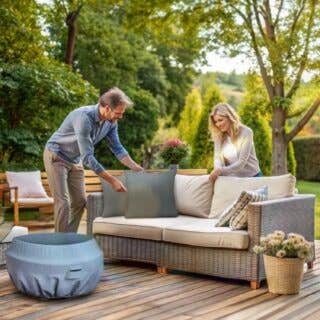

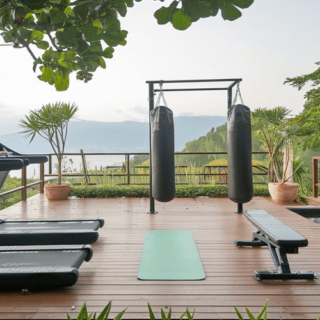
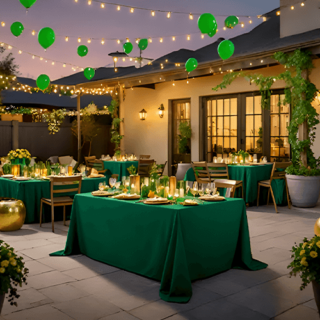


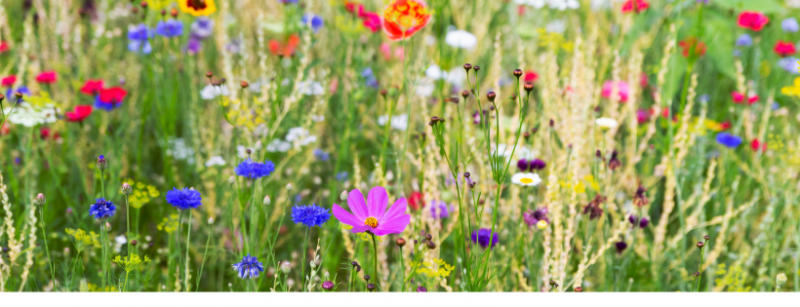
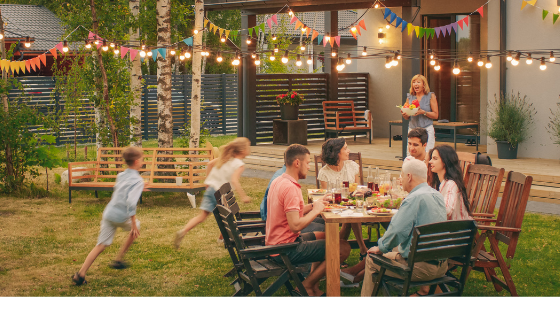

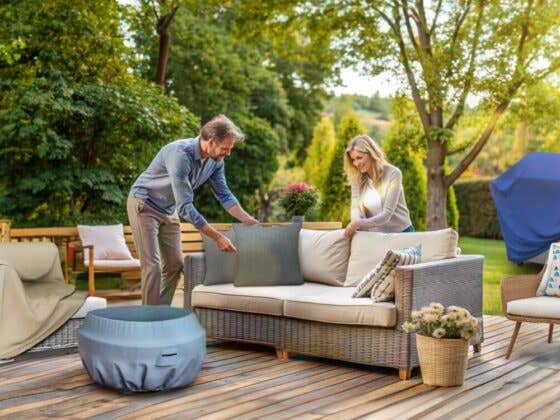
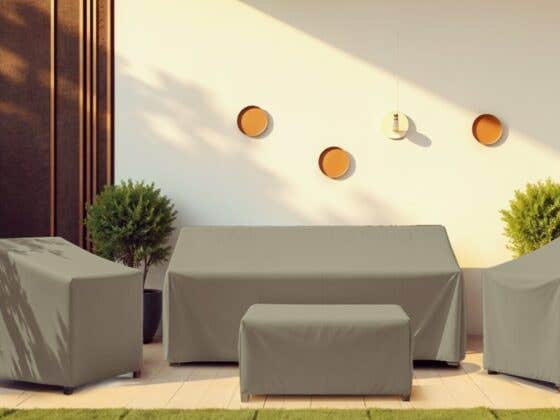
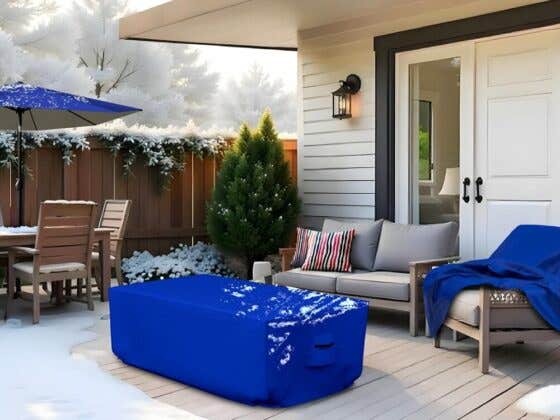

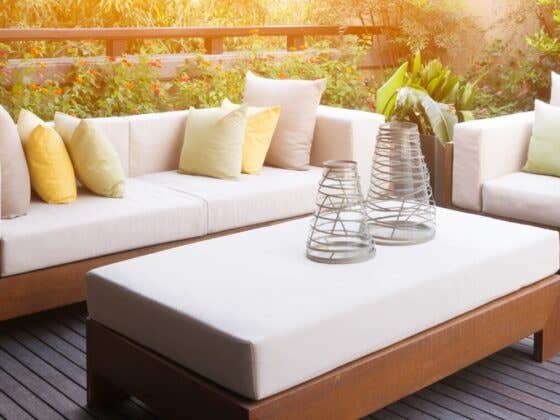
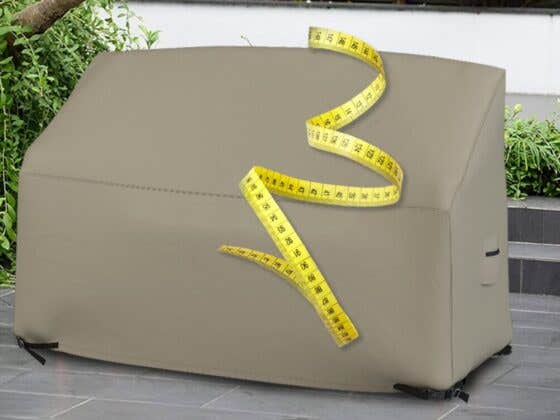
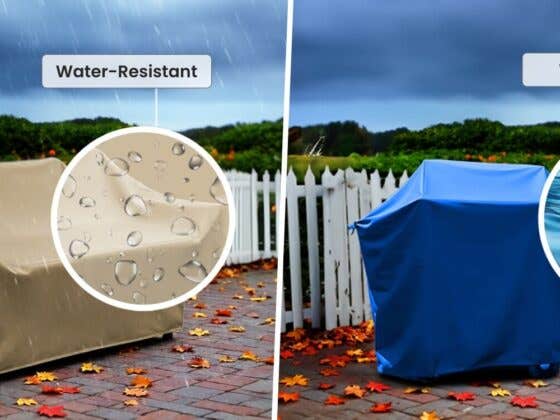
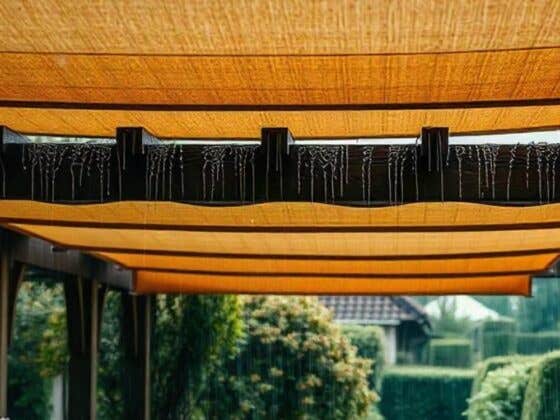
Recent Comments